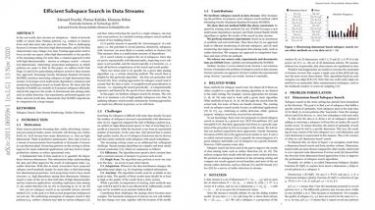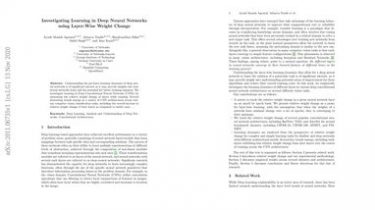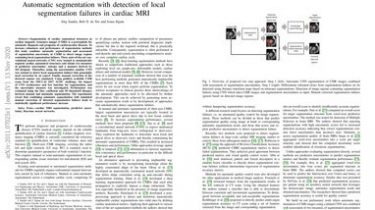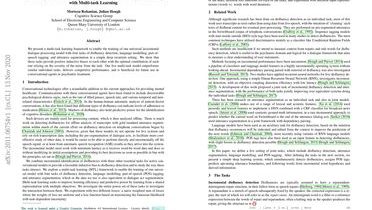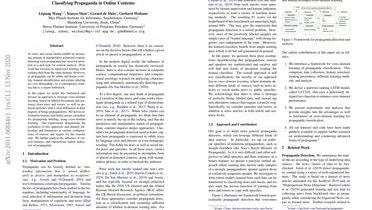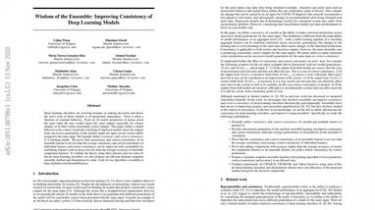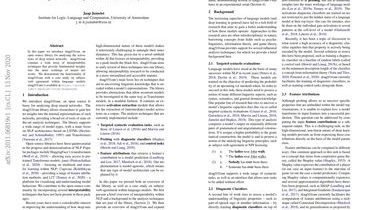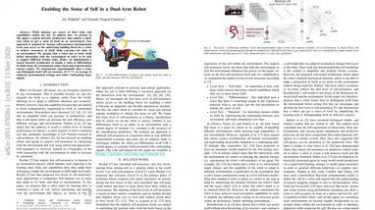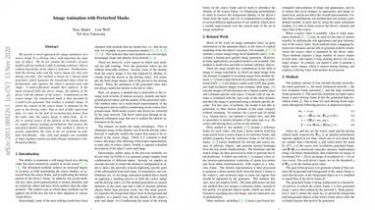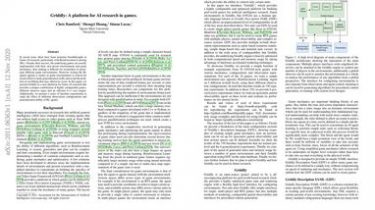Efficient Subspace Search in Data Streams
In the real world, data streams are ubiquitous — think of network traffic or sensor data. Mining patterns, e.g., outliers or clusters, from such data must take place in real time… This is challenging because (1) streams often have high dimensionality, and (2) the data characteristics may change over time. Existing approaches tend to focus on only one aspect, either high dimensionality or the specifics of the streaming setting. For static data, a common approach to deal with high dimensionality […]
Read more